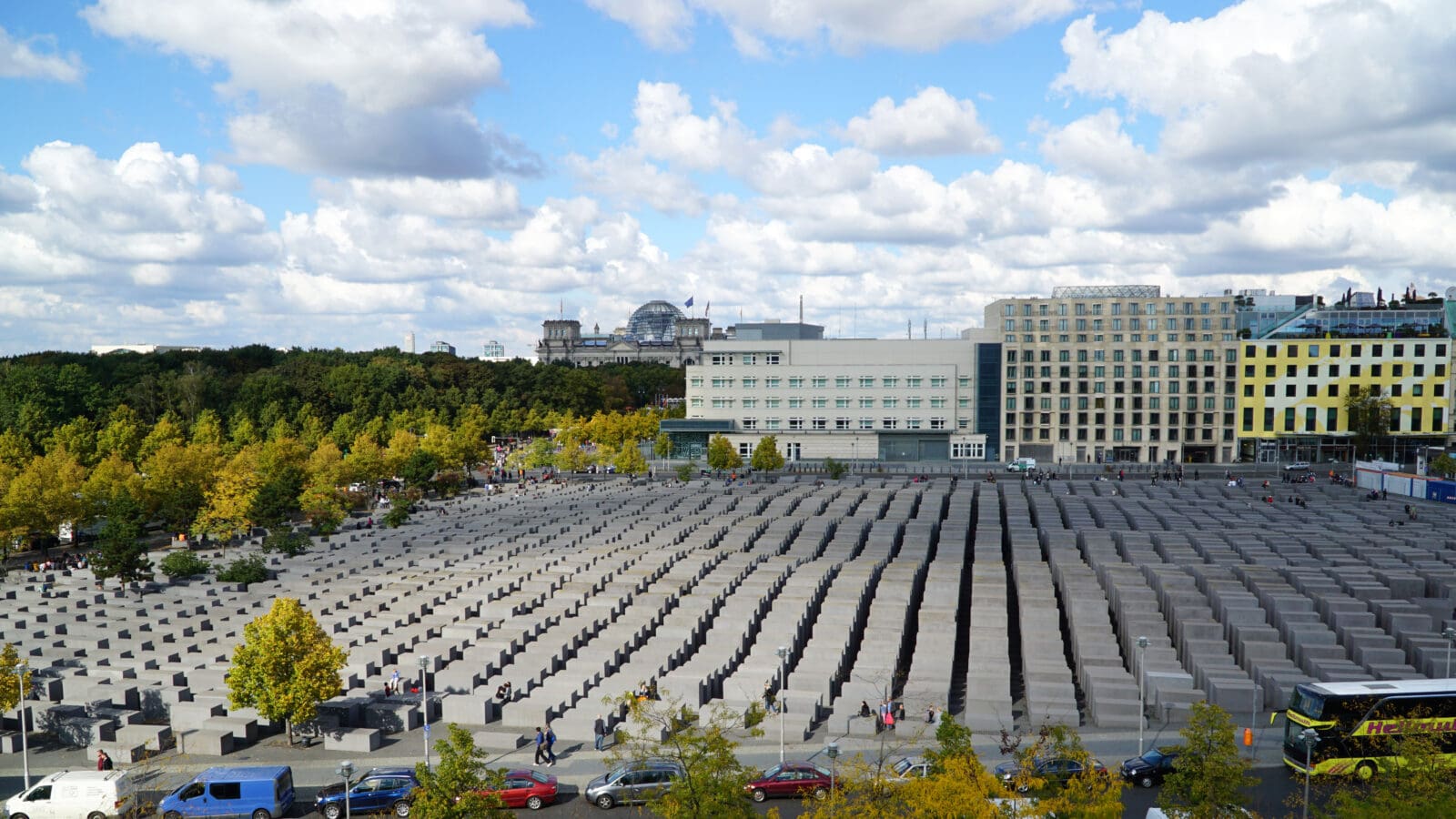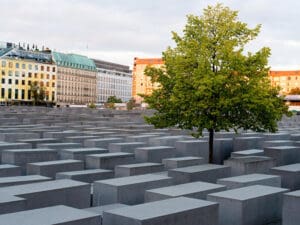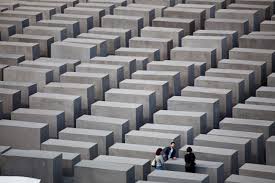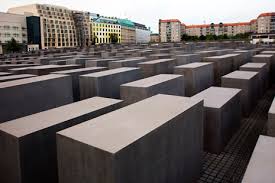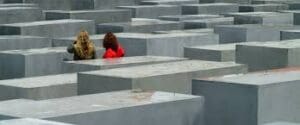Description
The Holocaust Memorial, officially called the Memorial to the Murdered Jews of Europe (Denkmal für die ermordeten Juden Europas), is a striking and somber monument in the heart of Berlin, near the Brandenburg Gate. Designed by architect Peter Eisenman and engineer Buro Happold, it was inaugurated in 2005 to commemorate the six million Jewish victims of the Holocaust. The memorial consists of 2,711 concrete slabs, or “stelae,” of varying heights arranged in a grid pattern on a sloping field, creating a disorienting and reflective environment that evokes both loss and remembrance.
Visitors walking through the memorial experience a sense of isolation and unease, as the uneven ground and towering slabs obscure sightlines, symbolizing the chaos and suffering endured by the victims. The design intentionally avoids overt symbolism, instead encouraging personal reflection and emotional engagement. The memorial is open to the public at all times and is free to visit, emphasizing accessibility and the importance of collective memory.
Beneath the field of stelae lies the Information Center, which provides historical context, personal stories, photographs, and documents about the Holocaust. This educational component ensures that the memorial not only honors the victims but also informs visitors about the scale and impact of Nazi atrocities. The combination of abstract design and historical documentation makes the Holocaust Memorial a powerful site for contemplation, learning, and remembrance.
Location
-
Cora-Berliner-Straße 1, 10117 Berlin, Germany
